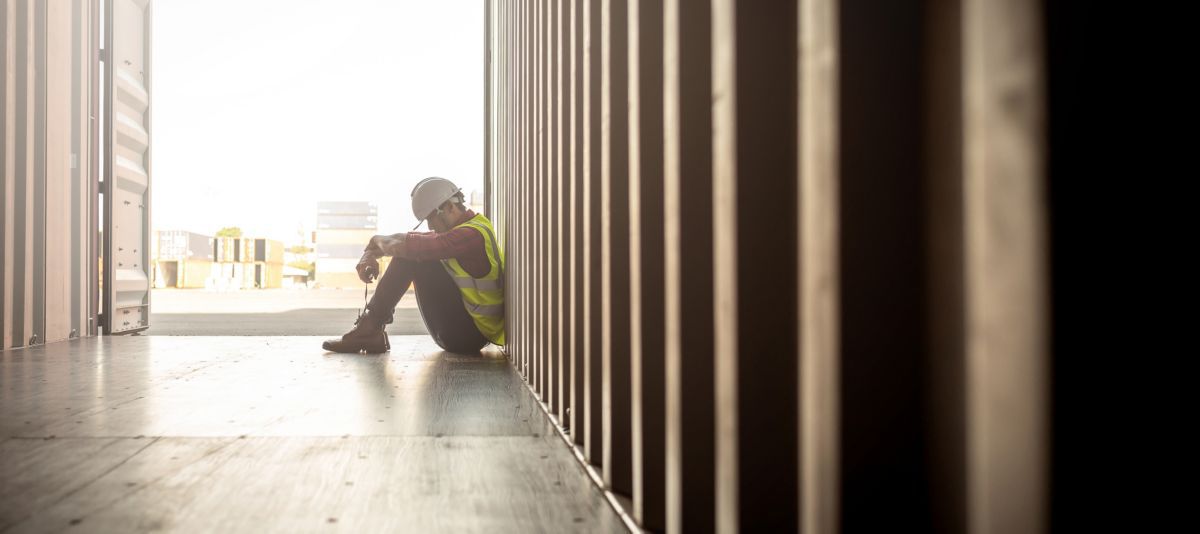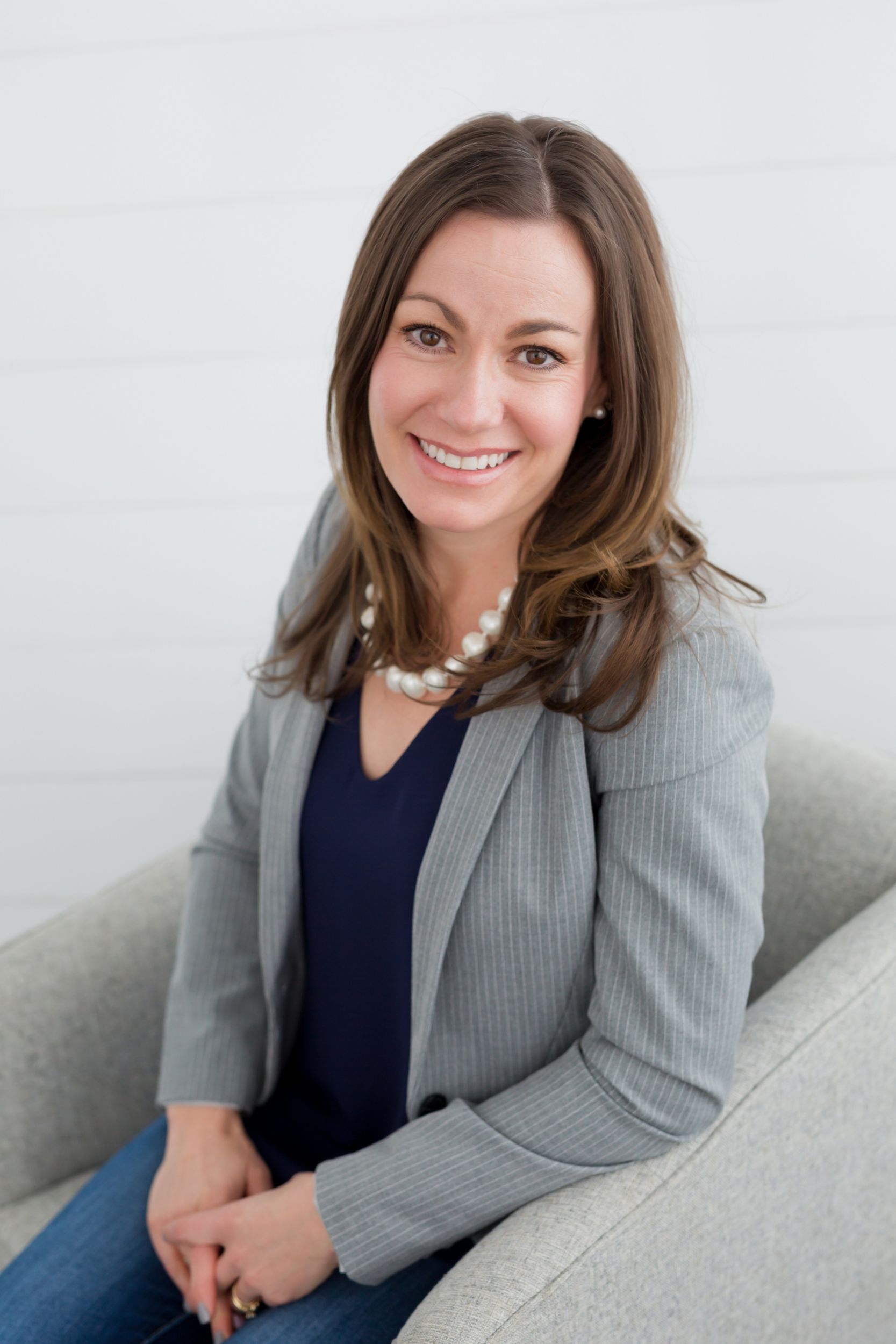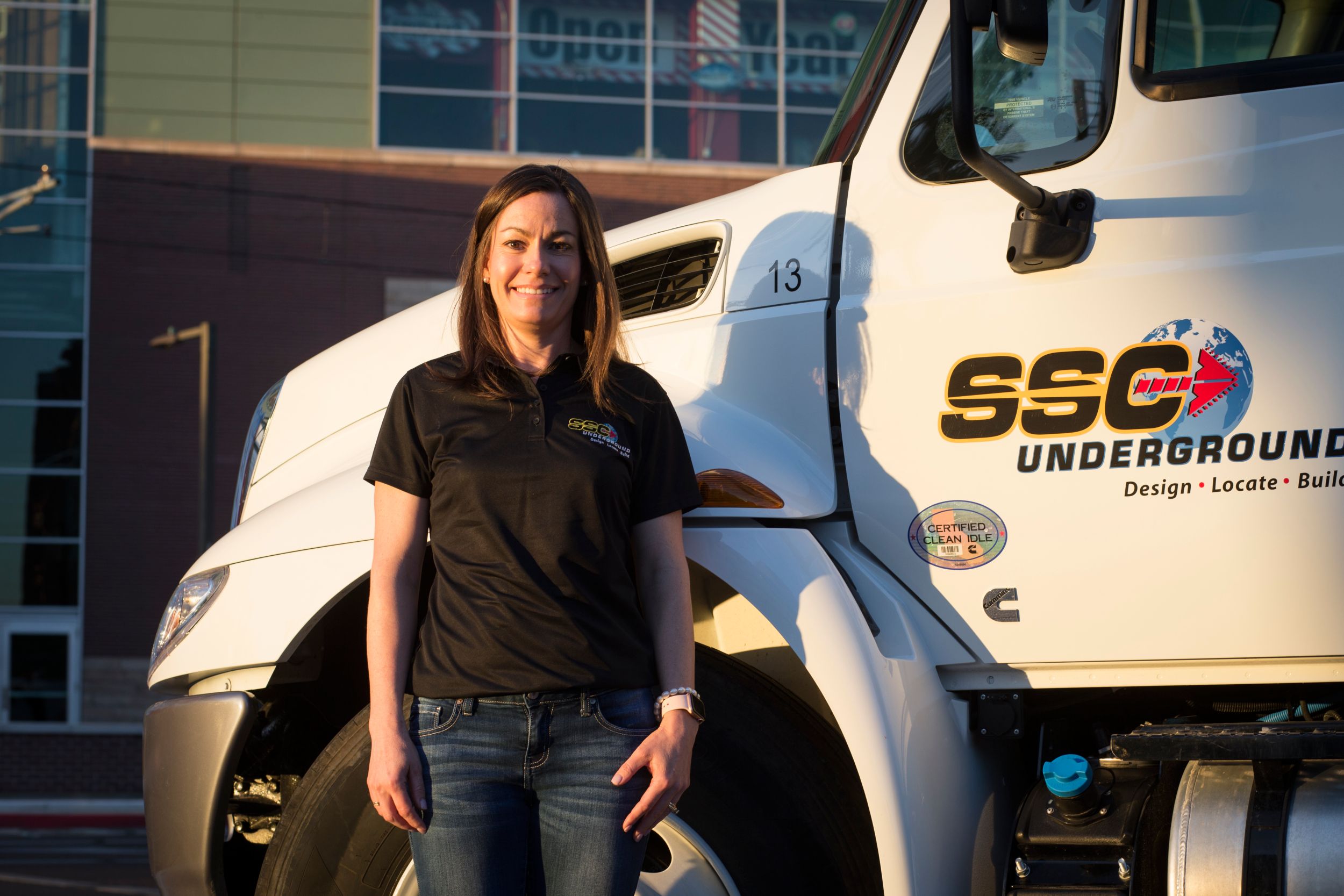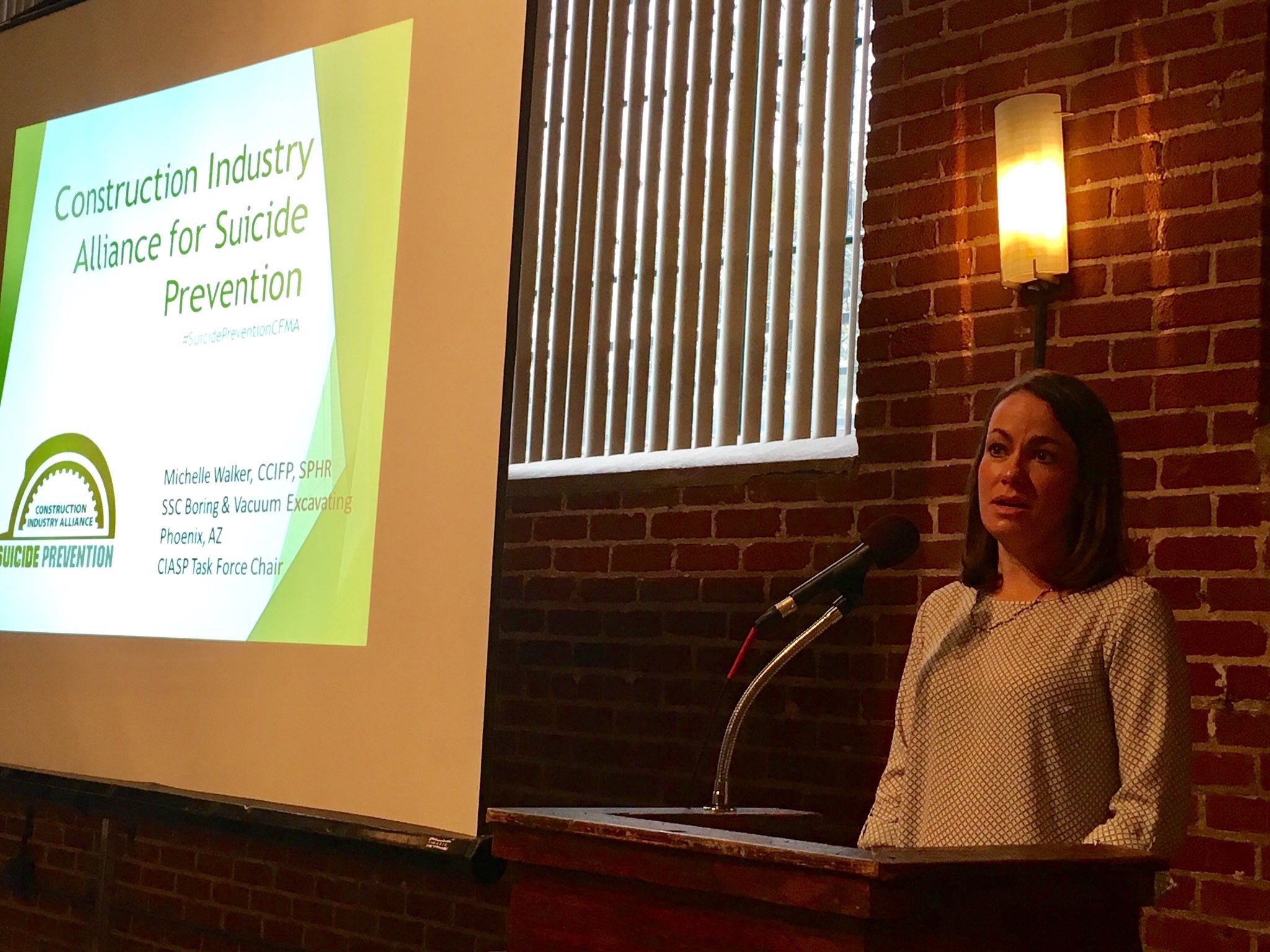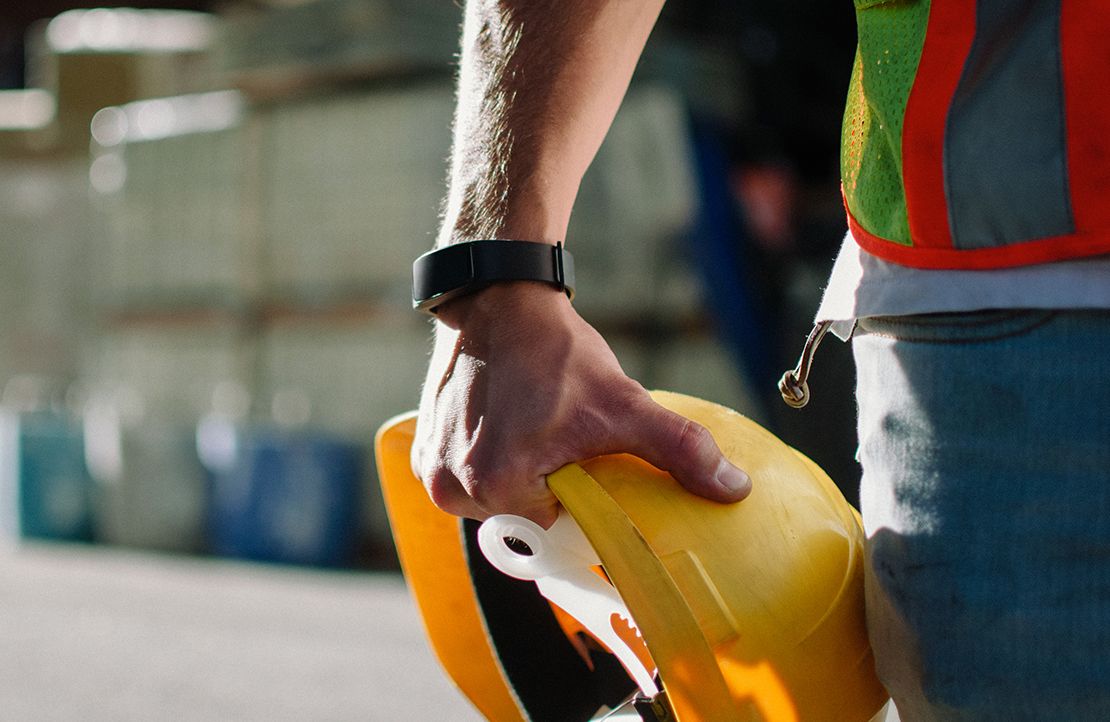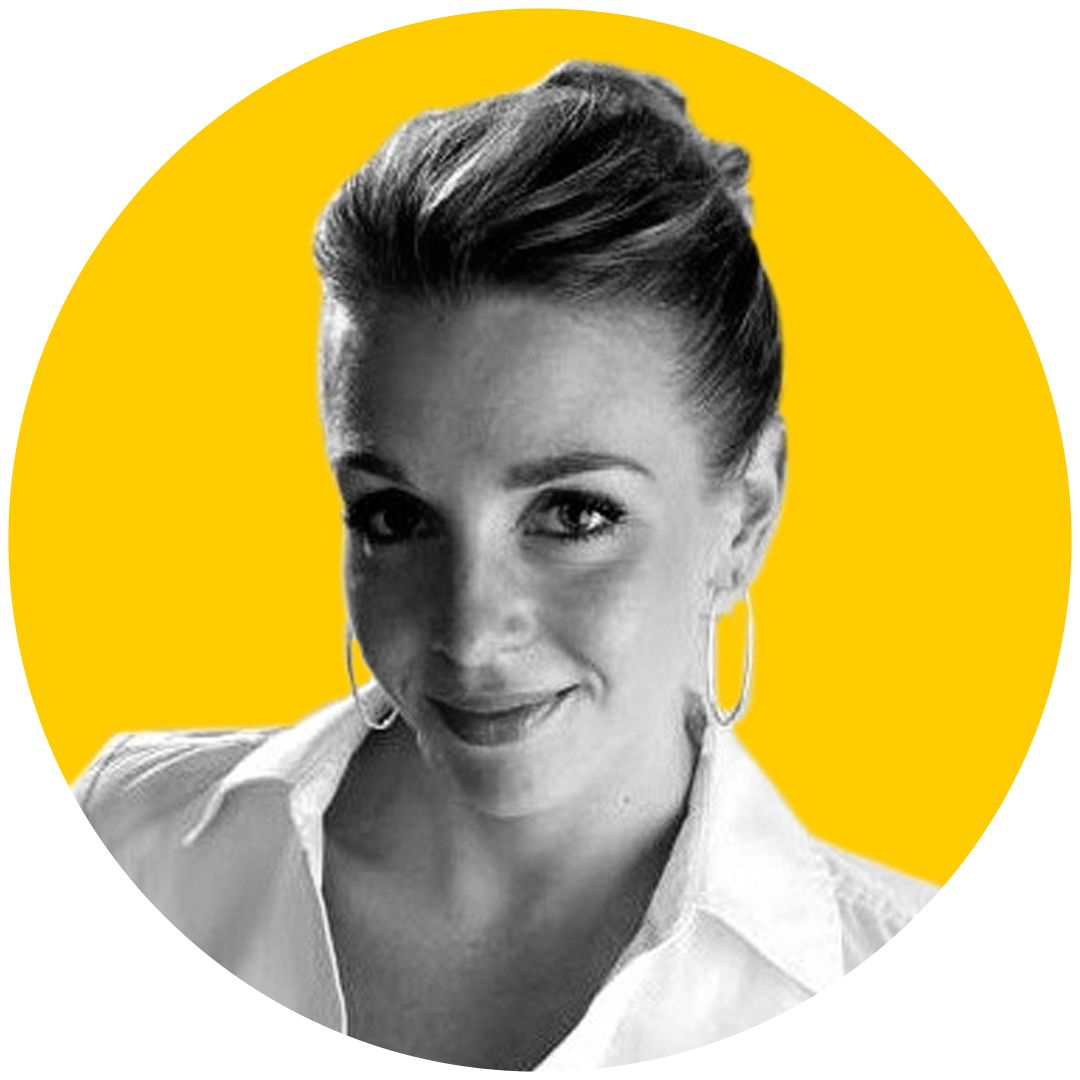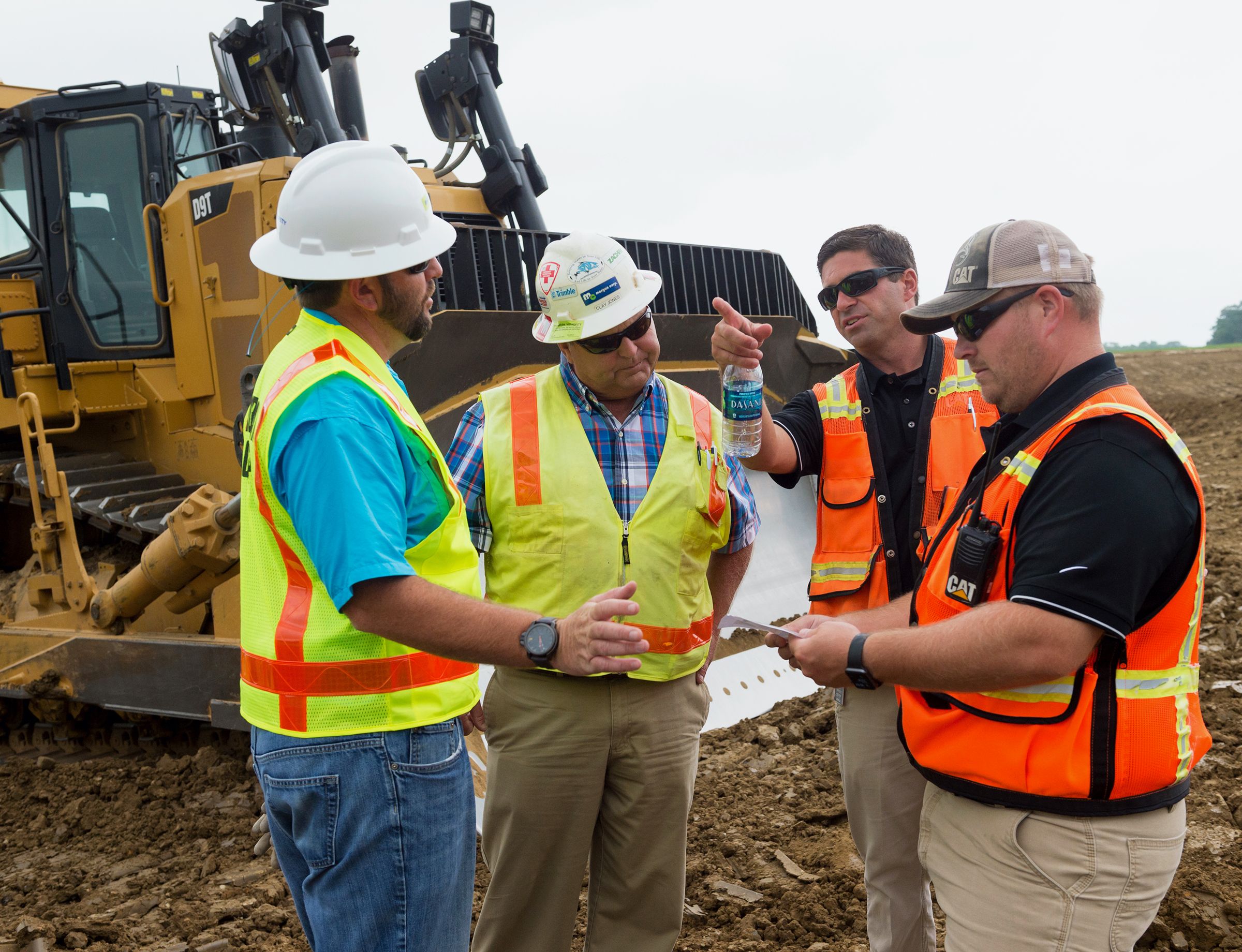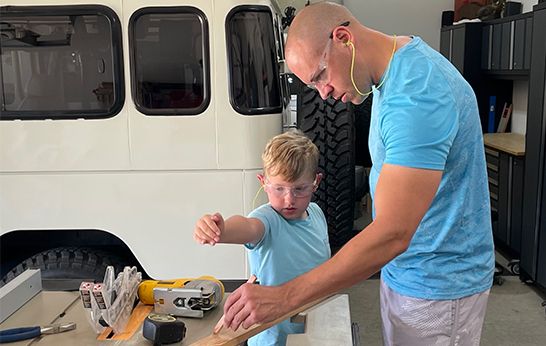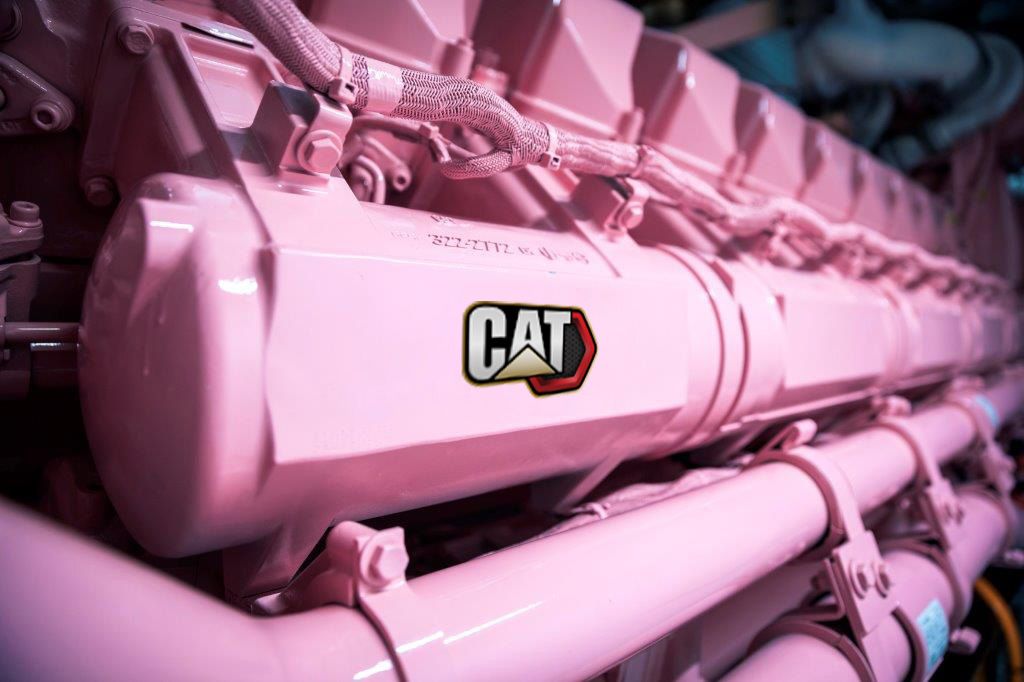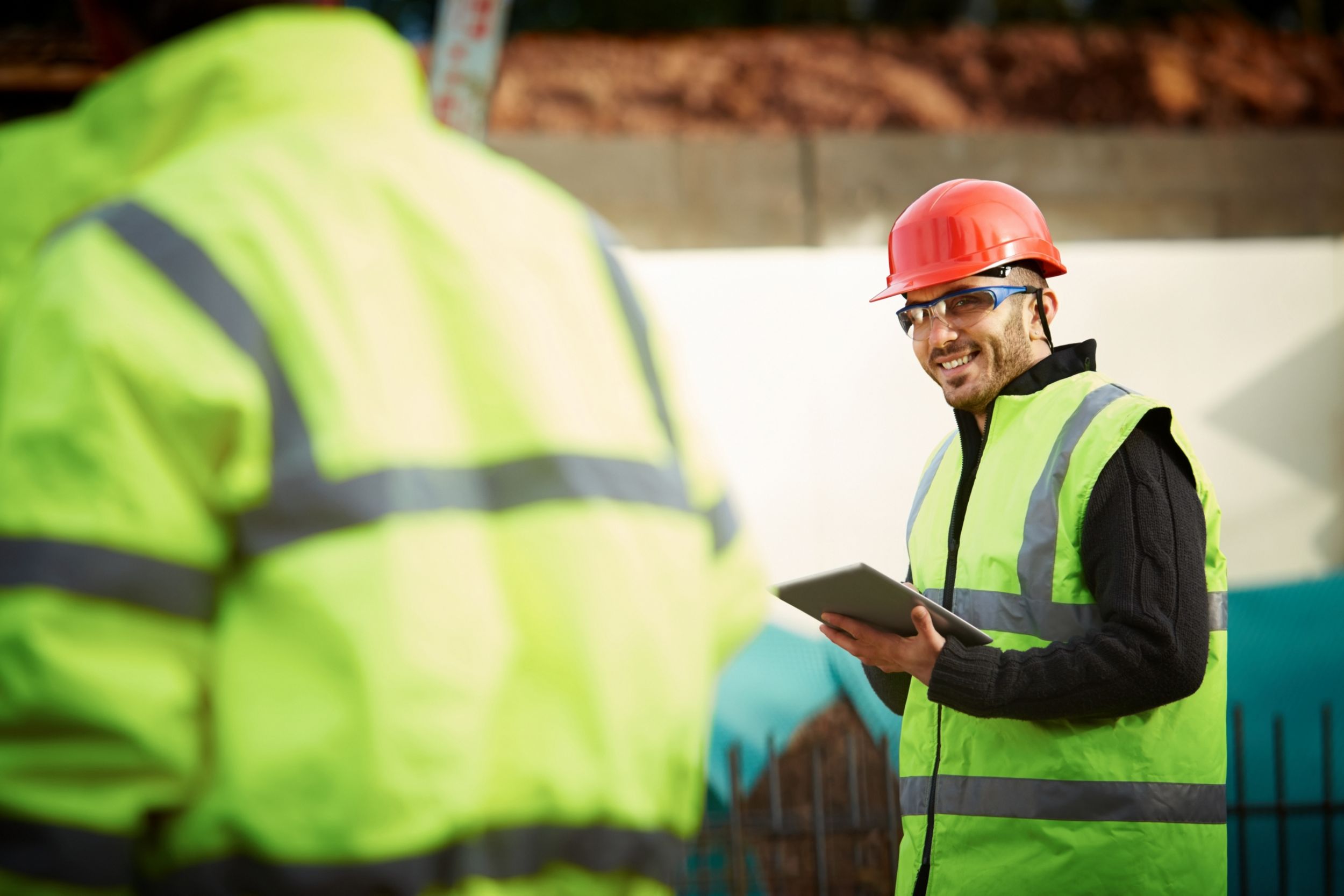

Sign In
Welcome! Sign In to personalize your Cat.com experience
If you already have an existing account with another Cat App, you can use the same account to sign in here
Register Now
One Account. All of Cat.
Your Caterpillar account is the single account you use to log in to select services and applications we offer. Shop for parts and machines online, manage your fleet, go mobile, and more.
Account Information
Site Settings
Security
Addressing Mental Health Issues in the Construction Industry
The construction, mining, quarry and oil industries have among of the highest rates of suicide in the U.S. Michelle Walker is on a mission to change that.
By Rachel Wallace, Contributor | Posted: September 17, 2020 | Revised: March 28, 2022
The construction industry is tough. And it attracts tough people – strong, stoic, get-it-done-at-all-costs kind of people. They power through the long days and physically demanding work to build the places we live, work and play.
But sometimes being tough can make it hard to ask for help. And that can have negative consequences. Michelle Walker, VP of Finance for Phoenix’s SSC Underground, grew up in a Canadian blue-collar oil town and experienced it firsthand.
“When I was in high school, my dad’s best friend died by suicide,” Michelle recalls.
She vividly remembers how the stigma of mental illness and suicide made it difficult for her family and the community to process the tragedy.
“Everyone in town knew what had happened, yet no one could bring themselves to talk about the way he died,” she explained. “I saw how it made it difficult for my dad to grieve.”
Tackling the Issue Head On
The issue came full circle 25 years later at a Construction Finance Management Association (CFMA) conference, when a colleague raised concerns about the prevalence of suicide and mental illness in the industry. At the time the evidence was anecdotal, but it triggered memories for Michelle.
“I think the hook that got me involved from the beginning was when the risk management professional described the stigma around mental health issues,” Michelle recalled. “People were experiencing mental health conditions and were fearful of seeking treatment because of the impact on their career,”
Shortly after, a 2016 Centers for Disease Control (CDC) study confirmed her fears: the construction industry, along with mining, quarry and oil, had the highest rate and overall number of suicides across all occupations.
That revelation prompted Michelle and her colleagues to create the Construction Industry Alliance for Suicide Prevention (CIASP).
Changing the Narrative
Michelle (as acting chairman) and CIASP members work directly with industry associations, contractors, unions and partners to make mental health issues and suicide prevention an integral part of safety programs.
One of their main goals is to remove the longstanding stigma and fear that prevents workers from getting treatment. “We need to equate mental health with physical health,” she says. “I envision an industry where a worker will feel just as safe saying, ‘I’m having trouble,’ as does a worker in Arizona in getting a spot on the arm checked for skin cancer.”
Part of removing that stigma includes changing the words we use. Michelle explained that saying someone “committed suicide” or “are depressed or anxious” creates a sense of judgement and labels the person versus describing the condition they are experiencing. Instead, she suggests saying things like “a person is experiencing depression, living with anxiety or died by suicide.”
Human Resources departments can also make a difference by consistently including mental health in company benefits and safety processes. At SSC Underground, topics like mental health issues in the construction industry are addressed regularly in company meetings, and behavioral health options are included in annual benefits enrollment.
“Because the construction industry is safety conscious and already has vehicles in place where leaders can discuss mental health and suicide, it has helped to expand the engagement and awareness,” Michelle says.
Making an Impact
Michelle’s greatest satisfaction is the impact that these practices can have on employees’ lives. One example of that, she said, was a long-time employee who suddenly started calling in sick a lot and behaving inappropriately. Rather than terminating the worker, he was given a second chance and help to find a counselor. After six weeks, he completed counseling and remains an employee to this day, thankful for what he learned and the improvement he made through counseling.
You can hear more from Michelle on this important topic in our webinar on mental health issues in the construction industry. Thank you Michelle for making a big impact on our industry.
Employers can find mental health and suicide prevention resources from the Construction Industry Alliance for Suicide Prevention at https://preventconstructionsuicide.com/.




Rachel Wallace
Contributor
Rachel has been with Caterpillar for 9 years. She is currently in the Brand Team working as a storyteller and brand instructor. She lives with her husband, a Caterpillar engineer, and two young daughters who absolutely love excavators. She often describes her family as "bleeding yellow." They live on the family farm in northern Ohio where they enjoy long walks through the woods and gardening.
Related Stories
-
Caterpillar’s Customized Operator Training Courses Helped Morgan Corp.
A customized operator training course from Caterpillar is helping Morgan Corp. increase profits, safety & productivity one jobsite at a time.
Learn More -
Developing a Safety Culture at Home
The safest jobsites are those that have a strong safety culture, but what about when those employees go home? Hear from Caterpillar safety expert Justin Ganschow on why employee safety behavior at home matters.
Read Our Safety Culture Q&A -
Safe Host Takes a Colourful Approach to Safety
Colour-coded equipment is used to create a safer work environment at a data centre in Switzerland.
Learn More -
Tips For Preparing a Business Disaster Plan
A natural disaster disrupts everything from your daily schedule to the ability of your business to continue operations. Read our tips for creating plans and preparing for the worst.
Learn More
